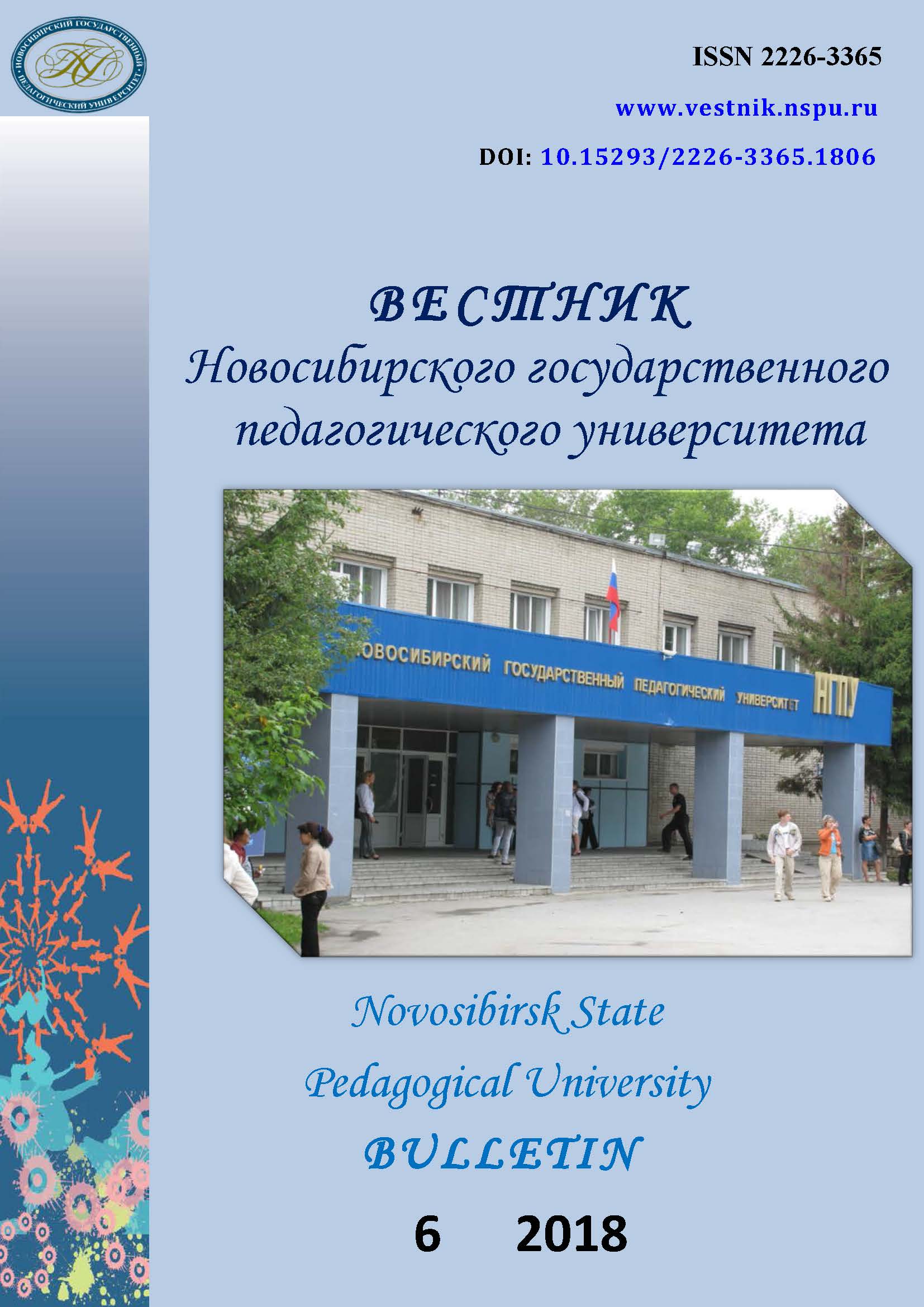Оптимальные условия применения электронных образовательных ресурсов в системе смешанного обучения студентов вузов
Digital learning resources: Enhancing efficiency within blended higher education
Author(s): Natalia Vladimirovna Lomonosova, Anna Valentinovna ZolkinaSubject(s): Education and training, Higher Education
Published by: Новосибирский государственный педагогический университет
Keywords: Blended learning; Hybrid learning; Mixed-mode instruction; Electronic technology; Electronic learning resources; Professional competence; Administrative arrangements; Higher education
Summary/Abstract: Introduction. The article explores the problem of digitization of higher education aimed at enhancing students’ autonomous learning. The purpose of this research is to reveal the appropriate conditions of applying digital learning resources within blended higher education. Materials and Methods. The research is based on general theoretical, empirical and statistical methods. The authors consider the main theoretical and pedagogical approaches to modern understanding of blended learning and report the results of an experiment focused on identifying an optimal proportion of digital and traditional methods of “teacher-learner” interaction. The analysis of the results are provided. Key structural constituents of blended learning are identified and justified by means of system analysis. Results. The findings indicate that the system of blended learning comprises the interrelation of the following elements: (1) methodological, administrative (legal and financial), educational and technical support; (2) computerisation of all university-based processes; (3) control of protecting students’ rights; (4) solving significant social problem and (5) comprehensive assessment of digital educational resources. According to the systemic approach, each element of blended learning system is a system itself. At the same time, digital educational resources should be considered as basic elements of blended learning and an integral part of the whole education process, but not as an auxiliary tool for conventional education. Improvements in using digital educational resources in the system of blended learning can raise both students’ performance and quality of educational process as a whole. The study highlights the significance of an appropriate proportion (70 / 30) of using digital educational technologies and conventional teacher-student interactions. Conclusions. The authors summarize the appropriate conditions of applying digital learning resources within blended higher education.
Journal: Вестник Новосибирского государственного педагогического университета
- Issue Year: 8/2018
- Issue No: 6
- Page Range: 121-137
- Page Count: 17
- Language: English, Russian

